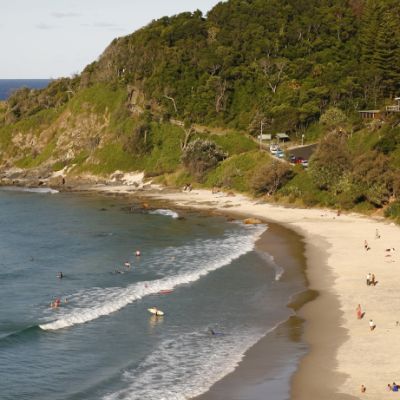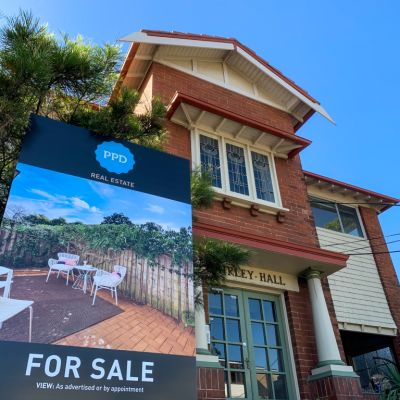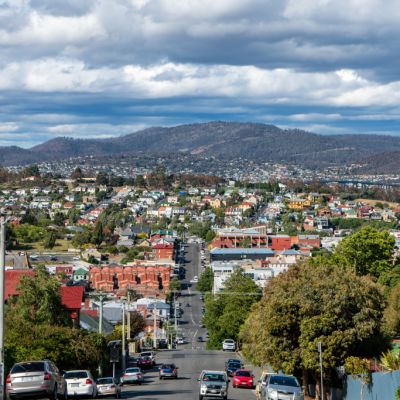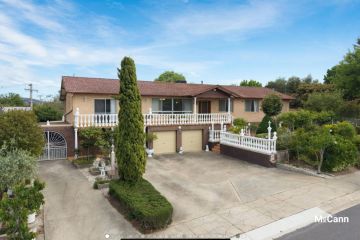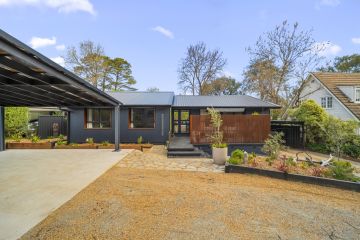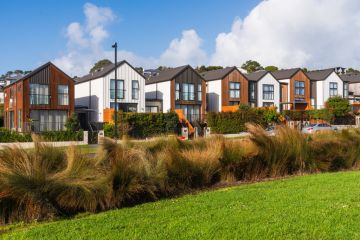Only 11 regions in Australia recorded falls in property values over past quarter: CoreLogic
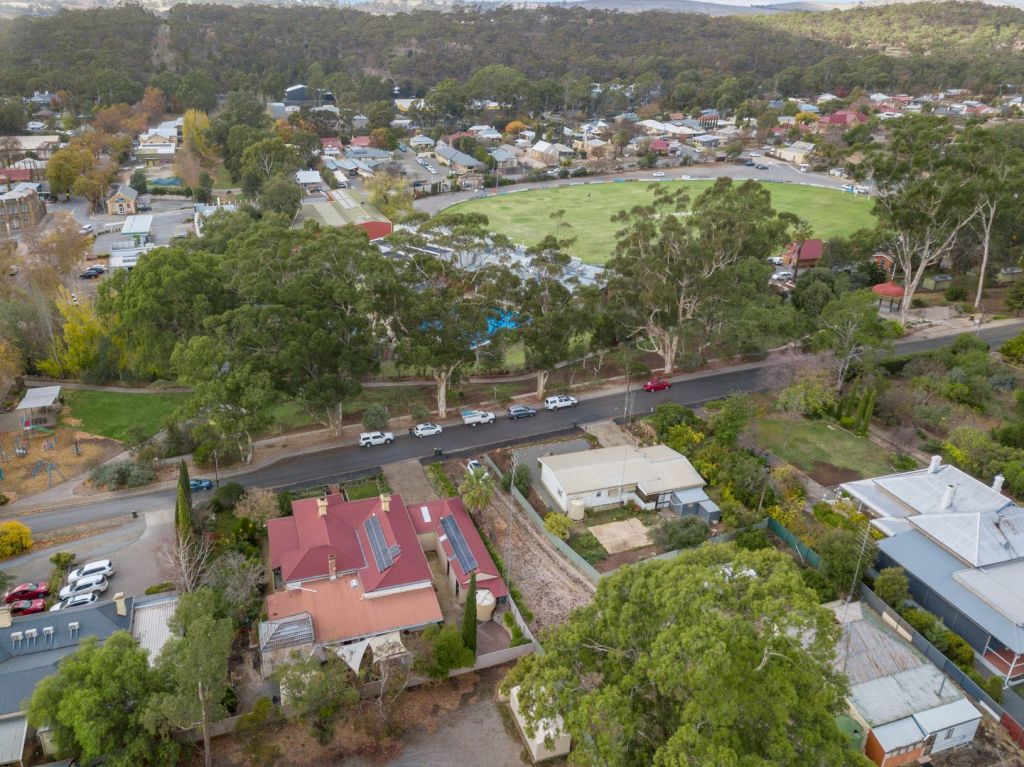
The handful of neighbourhoods escaping Australia’s soaring house prices have been revealed, with just 11 areas across the country recording price falls in recent months.
Australia’s median property value jumped 7 per cent over the past three months, the latest CoreLogic figures show, with the biggest gains seen in Sydney (9.3 per cent), Darwin (7.9 per cent) and Hobart (7.7 per cent).
But price growth wasn’t just limited to the capital cities, with an increase in property values recorded across 97 per cent of the regions analysed by CoreLogic.
Only 11 locations saw prices dip over the past three months – some of which only recorded a marginal fall after previous price rises.
CoreLogic’s head of residential research Australia, Eliza Owen, said it was an extremely rare occurrence to see so many markets in a synchronised upswing, with the low-interest-rate environment spurring demand for commodities and a range of assets, which has supported a broad-based market rise.
“The few markets that have seen a fall in dwelling values across Australia in the three months to May are in more remote locations across regional Australia,” Ms Owen said.
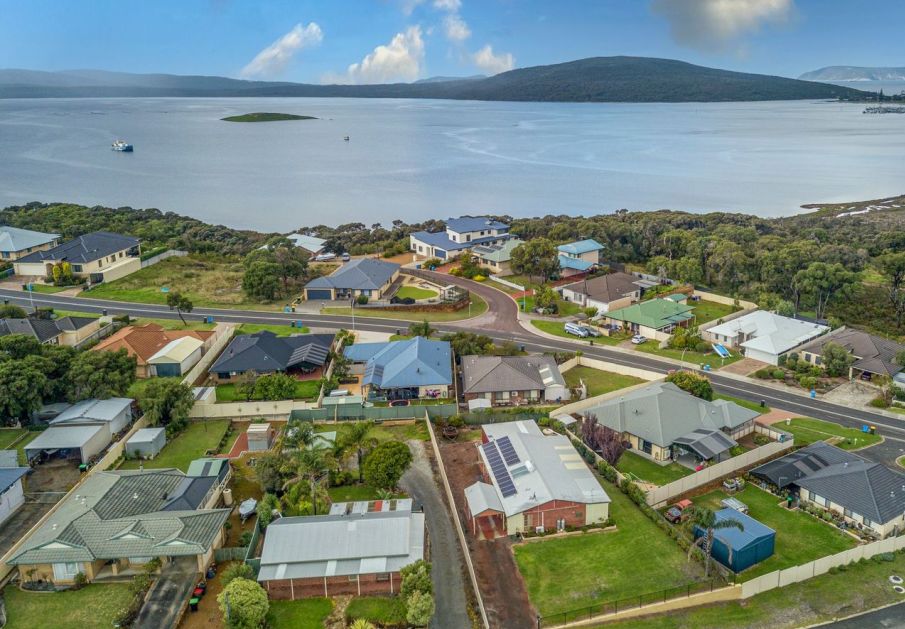
The West Pilbara region in Western Australia recorded the largest quarterly drop, with median values down 5.6 per cent to $444,566 – down 13.9 per cent annually.
It was followed by the Darling Downs and Maranoa region in Queensland, where values dropped 2.9 per cent over the quarter, the south of Western Australia’s Wheat Belt (down 2.7 per cent) and Albany in the same state (down 2.2 per cent).
| SA3 Region | State | Median value | Quarterly change | Annual change |
| West Pilbara | WA | $444,566 | -5.6% | -13.9% |
| Darling Downs (West) – Maranoa | QLD | $203,476 | -2.9% | 14.6% |
| Wheat Belt – South | WA | $162,304 | -2.7% | -9.0% |
| Albany | WA | $395,887 | -2.2% | -3.4% |
| Bowen Basin – North | QLD | $230,549 | -1.9% | 2.9% |
| Goldfields | WA | $267,750 | -1.7% | 0.3% |
| Port Douglas – Daintree | QLD | $351,366 | -1.4% | 1.6% |
| Lachlan Valley | NSW | $240,740 | -0.6% | 7.6% |
| Cairns – North | QLD | $495,160 | -0.5% | 3.8% |
| Outback – North and East | SA | $163,252 | -0.2% | 18.9% |
| Lower North | SA | $255,050 | -0.1% | 15.8% |
Janelle Jackson of Elders Real Estate Roma, in the Maranoa region, said prices had been holding steady of late after years of decline, although over the past year more properties had been selling and there had been sales of larger, more expensive rural properties.
“People immediately think because Brisbane has seen growth of 16 per cent, so has Roma … in Brisbane they’re up but that has nothing to do with us,” she said, adding prices were driven by local factors such as cattle prices, rural sales and job openings.
Ms Jackson said the market had been inundated with properties for sale when a boost in infrastructure jobs – associated with setting up nearby gas fields and rebuilding after floods hit three years in a row – came to an end, with about four years’ worth of stock still sitting on the market. A property recently sold for $320,000 had previously traded for $530,000 in the 2012 boom.
“This year we’re really just getting back to normal,” she said. “When I was selling here back in 2006 we were selling 230 to 250 homes a year. We’re still only selling 80 to 90 homes.
“I reckon 2021 is going to stay stable [but we won’t see real price growth] until we use up a lot of the stock on the market.”
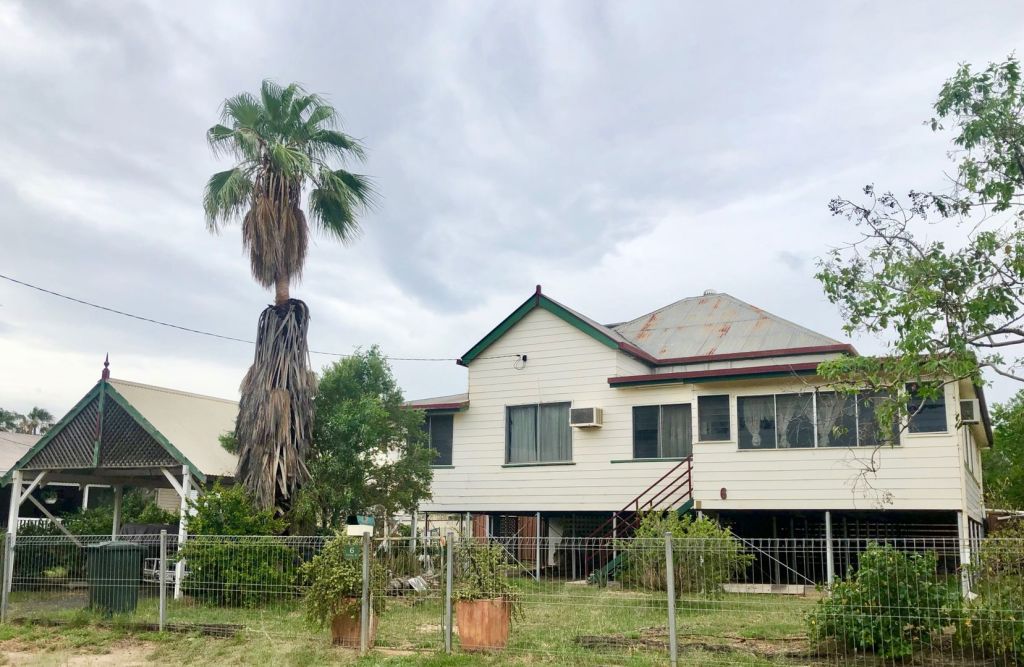
While values in the region were lower than three months ago, Ms Owen said, the monthly change had been improving and showed positive growth last month.
She added the remoteness of these regions meant the dwelling markets were relatively small, had low sales volumes and presented some volatility in their quarterly movements.
“For example, across the Lower North and Outback markets of South Australia, values are sitting significantly higher over the year (both up more than 15 per cent) despite a fall over the past three months,” Ms Owen said.
These were among the remaining seven regions, which all saw quarterly declines of less than 2 per cent over the past three months.
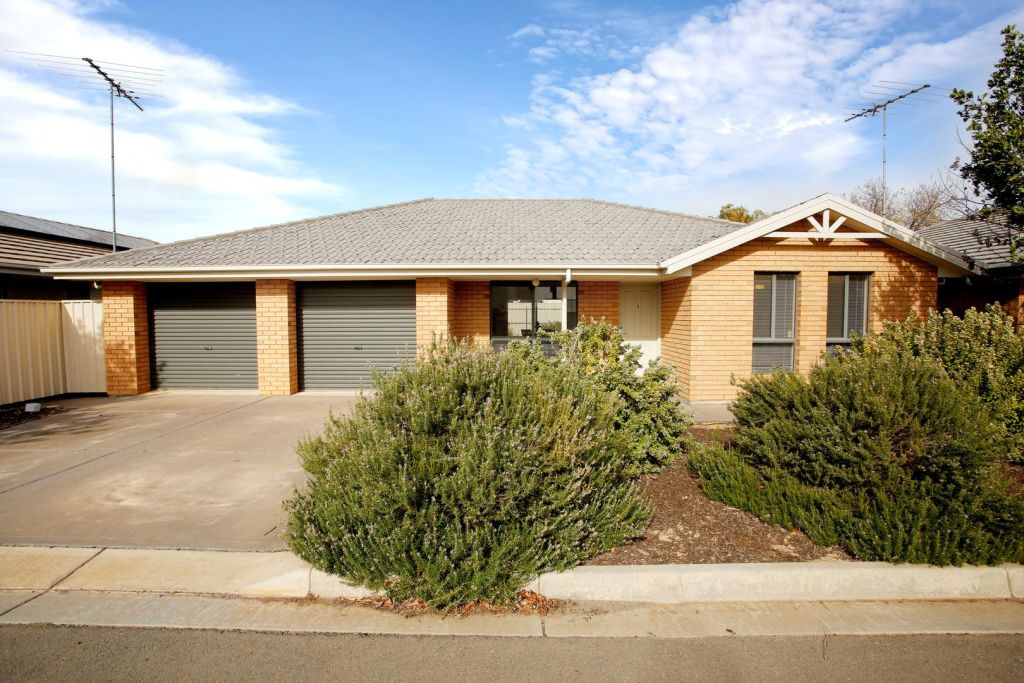
Mark O’Meagher, of Ray White Clare Valley, in the Lower North region, said the strong buyer demand and price growth seen since mid-last year – off the back of the rise in remote working – had started to ease in recent months.
“It’s what we thought would happen. Prices can’t keep going up [the way they were],” Mr O’Meagher said. “[But] we’re still finding really strong enquiry from interstate and intrastate; it’s just getting the properties on the market [that’s hard].”
With homes still selling quicker than they used to, Mr O’Meagher said he expected values in the region – down a marginal 0.1 per cent over the three months – would hold well throughout the year.
Ms Owen added that some markets that had seen strong growth over the past year may have seen a small correction in recent months, particularly as more buyers faced affordability constraints.
We recommend
States
Capital Cities
Capital Cities - Rentals
Popular Areas
Allhomes
More
